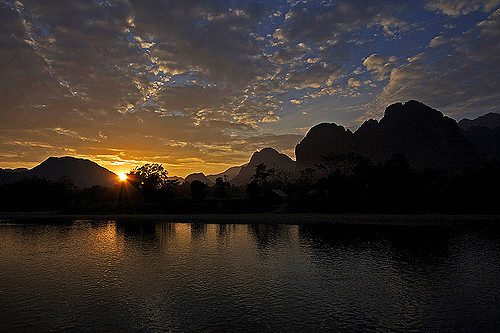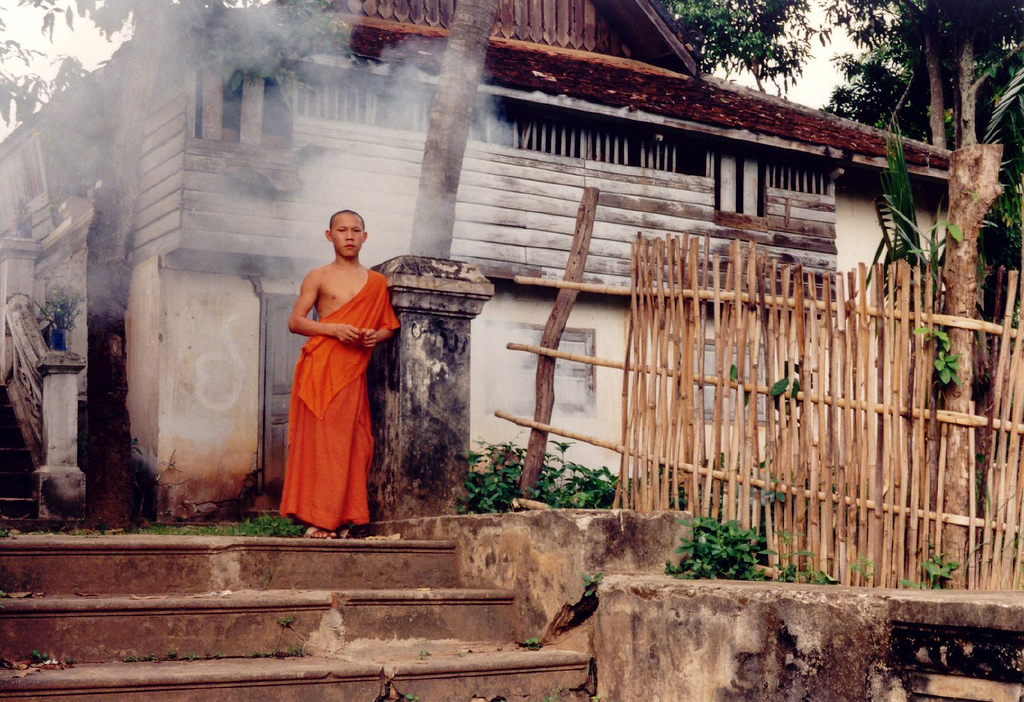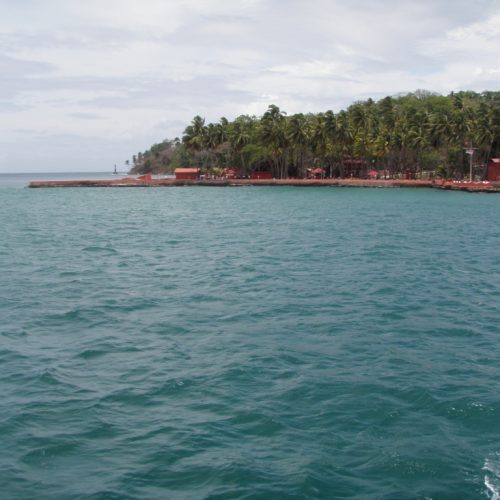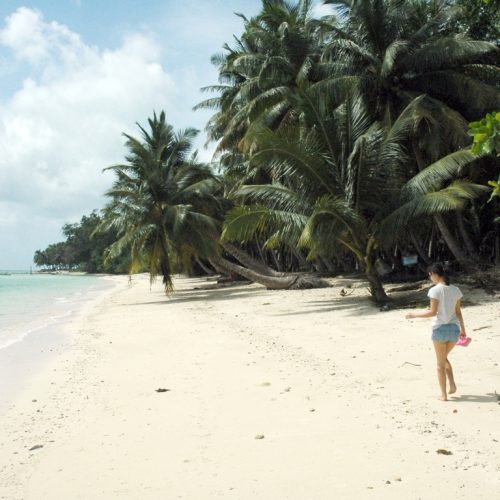- Have any questions?
- 080 2558 0771
- 080 2558 0772
- mail@beleastmail.com
Day 1: Danang – Hoi An
Visit Danang’s Cham Museum, housing arguably the best collection of Cham art to be found anywhere in the world. There are more than 300 artefacts in the museum, many dating to the 4th century. The museum hosts a wonderful collection sculptures reflecting the 1000 year Cham period.
Continue by vehicle from Danang to Hoi An, passing the Marble Mountains and small villages along the way. Upon arrival, spend the remainder of the day sightseeing in Hoi An, an exquisitely preserved merchant town which was declared a UNESCO World Heritage Site in 1999. It boasts a picturesque riverside setting and was one of South East Asia’s major international ports during the 17th, 18th and 19th centuries.
Best explored by foot, wander through the cobbled streets, past low tile-roofed buildings, the bustling central market and to the small harbour where brightly painted boats are moored. See the Japanese Covered Bridge Pagoda constructed in 1593 by the Japanese community to link the town with the Chinese quarters across the stream. Visit the Sa Hunyh Museum; the Tran Family Chapel, an old family chapel dating back 200 years ago; Phuoc Kien Assembly Hall, built around 1690 and typical of Chinese clans that were established in the area; and a handicraft workshop specializing in Hoi An’s iconic lanterns.
Overnight in Hoi An.
Day 2: Hoi An
Journey to My Son, the former religious centre of the Champa Kingdom, a sophisticated civilization which held sway over the region from the 4th to the 13th centuries. Today, all that is left are five archaeological sites from different periods, in a beautifully green setting of hills and winding streams. After a brief visit to the Visitor’s Centre for an overview of Cham history and culture, visit each ruin in turn, walking along forested paths.
Continue the day with a cycling excursion into the countryside to experience the Wet Rice Civilization. Upon arrival meet local farmers and have a conversation with them about their local farming and daily life, while sharing a cup of tea. After that, get suited up in authentic Vietnamese farming clothes – a conical hat, boots and a shirt, before trying traditional rice farming methods. The guide will explain to about the process of wet rice cultivation and how it grows. Get acquainted with the way the farm operates – see a water buffalo plough, which makes use of a unique agricultural water system, and try your hand at wet rice planting. Gain a great appreciation for the hard work and discipline this ancient, traditional work requires. Enjoy a local meal with the farmers in their home before cycling back to the hotel.
Overnight in Hoi An.
Day 3: Hoi An – Hue
Journey from Hoi An by vehicle over scenic mountainous roads with spectacular views over the coastline. Halfway between Danang and Hue lies the dramatic Hai Van Pass, the high dividing line between the climate zones of north and south Vietnam. Continue southwards passing Lang Co, a lovely stretch of beach curving outwards between a clear blue lagoon and the East Vietnam Sea, and the large coastal city of Danang before arriving in Hue.
Enjoy visiting the ancient house of historian and author Dr. Phan Thuan An. Dr. Phan worked at Hue Monuments Conservation Center and has authored many books on Vietnam’s history, culture, literature and the monuments of Hue. Enjoy a meal with his family, and listen to the lecture by a member of his family about Hue and Nguyen dynasty with along with a video demonstration.
Continue to the Imperial Citadel, located in the heart of Hue. It is a vast complex built in the early 19th century and modelled after the Forbidden City of Peking. The original walls stretched for 10 km and were surrounded by a wide moat. Today, most of the buildings have been destroyed due to bombing during the Vietnam-American War, but the monuments that remain provide a fascinating glimpse into the court life of the Nguyen Dynasty. On approach, pass the Flag Tower, where a giant Vietnamese flag waves proudly overhead, then along to the imposing Ngo Mon Gate, the main entrance to the Imperial Enclosure. Enter into an area of spacious courtyards and serene lotus ponds, and visit Dien Tho Residence (Dien Tho palace) where the Queen mother lived. Visit the Thai Hoa Palace, the magnificently decorated reception hall; the Halls of the Mandarins; and the original Nine Dynastic Urns.
Stop by the Hue Royal Antiquities Museum, then continue to The Dong Ba market, a local market near the Imperial City.
Overnight in Hue.
Day 4: Hue
Enjoy a leisurely boat ride down the Perfume River, stopping first at the iconic Thien Mu Pagoda, an elegant seven-tiered octagonal tower which has become Hue’s most widely recognizable monument. Continue cruising into the countryside to the Imperial Tomb of Minh Mang, a majestic complex of courtyards, pavilions and temples in a beautiful natural setting.
Visit the Imperial Tomb of Emperor Khai Dinh, Constructed between 1920 and 1931, it is the last monument of the Nguyen dynasty, and sits majestically on the slopes of Chau E Mountain in Chau Chau Village. The tomb has a long staircase flanked by dragons, ceiling murals and ceramic frescoes.
Overnight in Hue.
Day 5: Hue
Departures / Transfers









Reviews
There are no reviews yet.